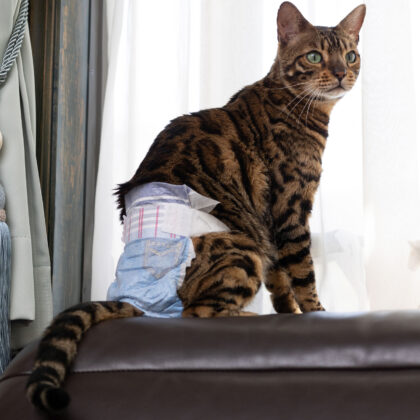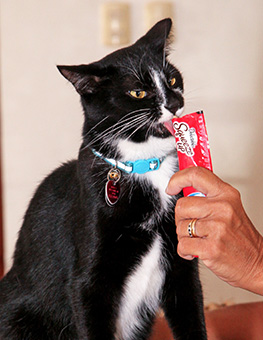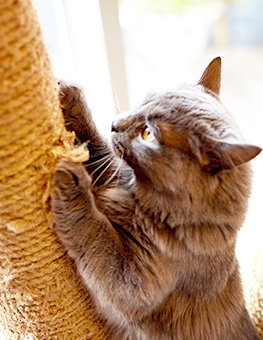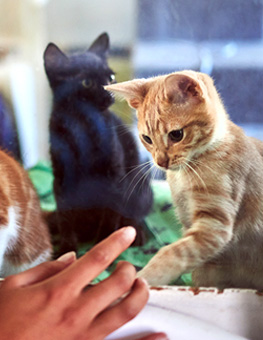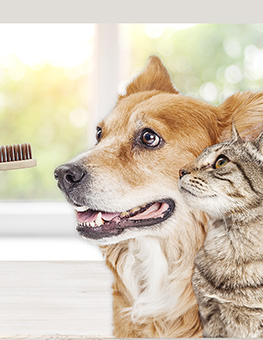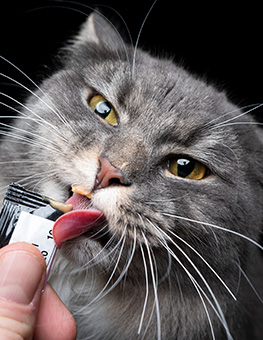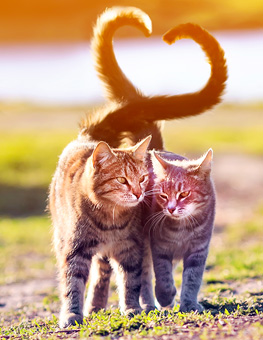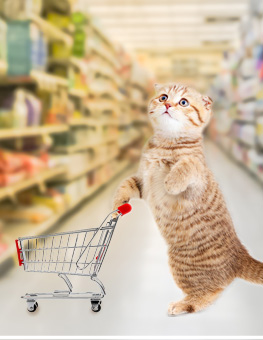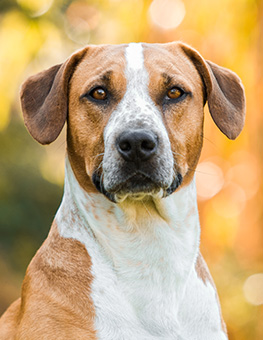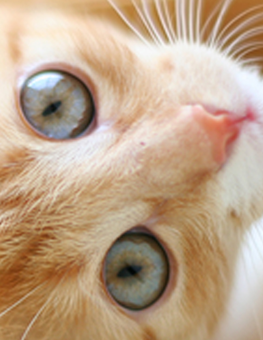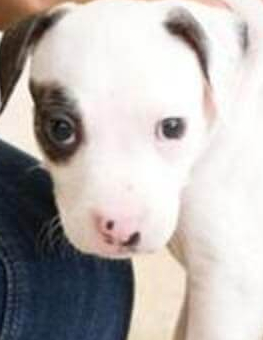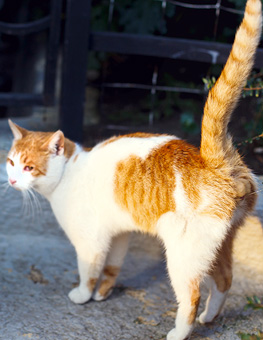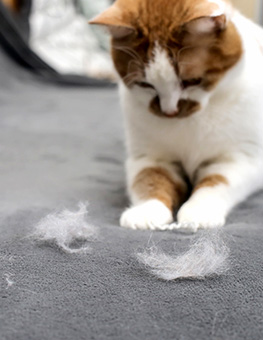Bottle Feeding the Newborn Kitten
Kittens grow at an astounding rate, making proper nutrition vital for healthy growth and development.
Sometimes it becomes necessary to feed your newborn kitten. This can be because of abandonment or loss of the mother, because the mother cannot produce enough milk to feed all of the young or because one of the newborns is not as strong as the others and is not receiving enough nutrition. Feeding a young kitten is best accomplished with a bottle specially designed for newborn animals. The opening in the nipple of the bottle should only allow one drop to fall at a time when the bottle in inverted. Sometimes a slit will work better than a small hole for this purpose.
Use a milk replacer formulated for kittens – do not use cow’s milk or goat’s milk as the fat, protein, and lactose levels are not correct for a kitten. If you are using liquid milk replacer, it should be ready to serve as is. If you are using powdered milk replacer, it is important to follow the manufacturer’s instruction for reconstitution. If the formula is too concentrated then the kitten may become constipated and if the formula is too dilute, not only will your kitten not receive the proper amount of nutrients but she could develop diarrhea. Both of these can be life threatening to your kitten. Never heat the formula itself – instead, soak a bottle in a mug of hot water. After a minute, test the temperature of the formula on the inside of your wrist. It should feel warm, but not hot.
Kittens should be held in the horizontal position for feeding – this is a natural position for feeding and will reduce the risk of aspiration of formula. Gently insert the nipple into the kitten’s mouth using a prying motion while you apply pressure to the sides of the bottle to release a drop or two of milk. From then on the kitten should suck on its own. Resist the urge to over feed kittens. It is much safer to give them a little less as over feeding can lead to pneumonia when milk is aspirated. It is much safer to feed smaller amounts more frequently than larger amounts less frequently. If milk bubbles out of the kitten’s nose while nursing, stop feeding immediately! Gently hold the kitten upside down to allow the milk to drain. If the lungs sound raspy, take him to the vet. This happens if the milk is flowing from the bottle too quickly. This could be due to a too-large hole in the nipple, overfeeding, or squeezing the bottle during feeding. Check the nipple if it flows faster than a couple of drops at a time, toss it and buy a new one. A too-large opening is a kitten killer.
The most important part of orphan kitten care is frequency of feeding. Newborn kittens have no fat or glycogen stores to use as energy when the milk is digested. Ideally you should feed the newborn kitten every two hours during the first week of life, but never less than every four hours. Yes – even through the night. From 7-14 days the kitten should ideally be fed every three hours but never less than five times a day. From 14-21 days never feed the kitten fewer than four times a day. When the kittens are four weeks old they can be fed every six to twelve hours depending on how much solid food they are eating. But not fewer than 3 times daily.



